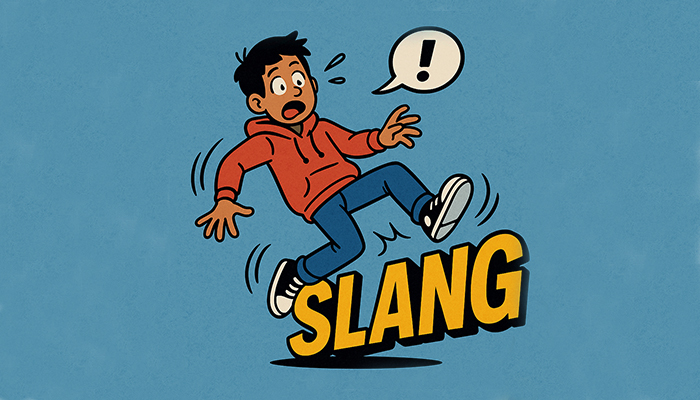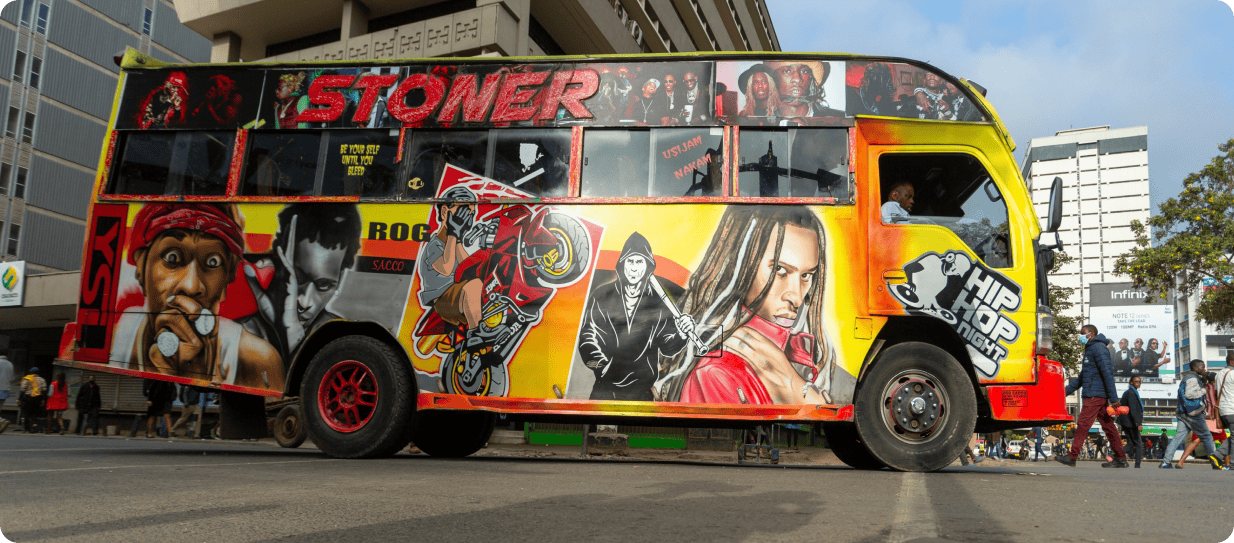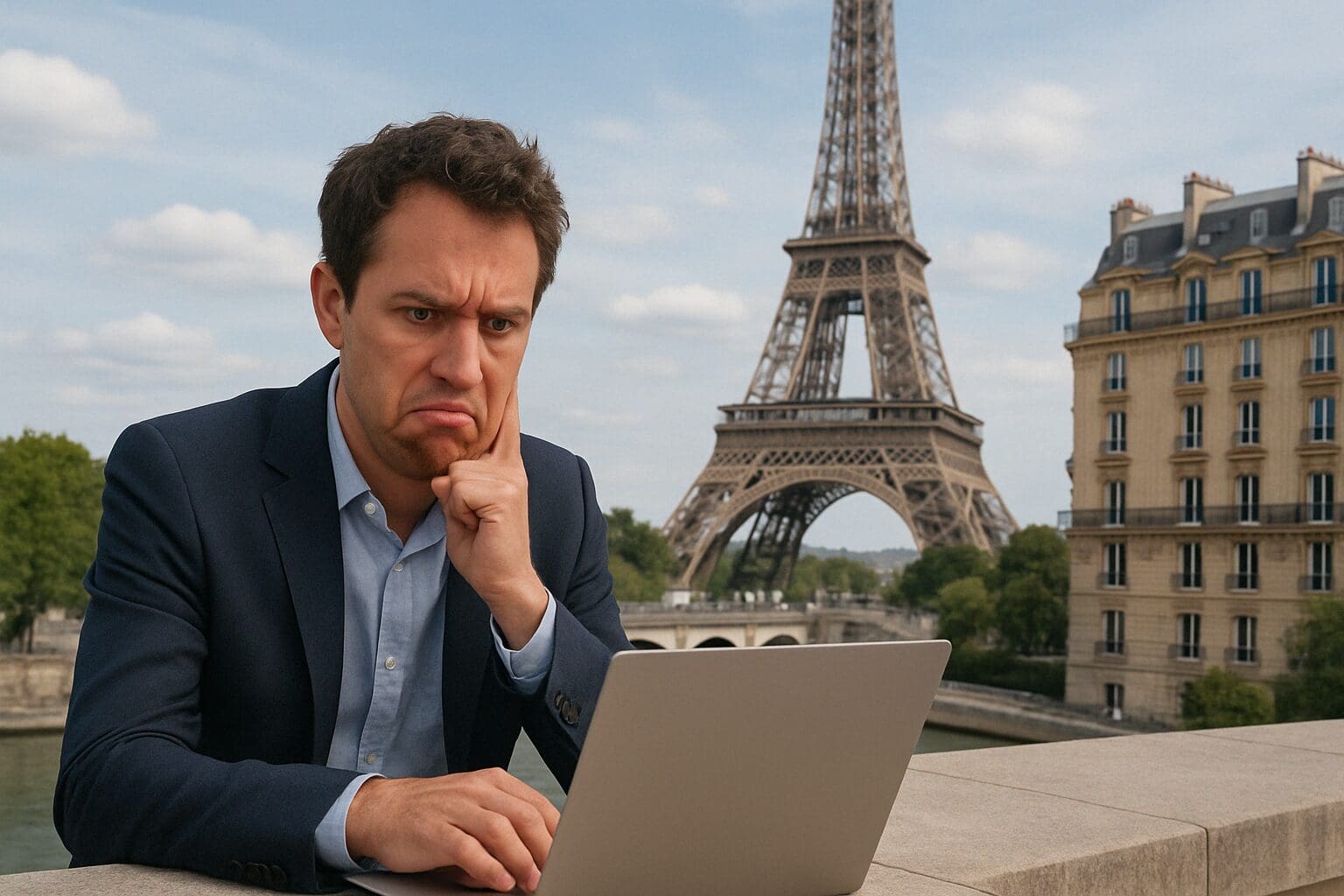Document translation Translation Services
Don’t Get Caught Out: Avoid Hidden Traps in Translation Quotes

Mystery Shopping: Putting Translation Services to the Test
Every so often, we conduct a ‘mystery shopping exercise’, a chance to step into the shoes of a buyer and scrutinise translation services firsthand. It’s not about catching competitors out; it’s about staying sharp, understanding industry trends, and ensuring we’re ahead of the curve. And on this occasion, we could hardly believe the results.
Completely Lost in Translation: A Quoting Minefield
When we set out to gather translation quotes for a high-stakes investor pitch (this was an actual project, not a test!), we expected some variation. What we didn’t expect was a minefield of inconsistencies, misleading claims, and outright bad practices. The lowest quote came in at £194.40 ($240), while the highest soared to £2,510.36 ($3175). Such disparity leaves you wondering: What’s behind these numbers? But of the 20 agencies we approached, only 3 provided a full breakdown of the costs.
Some agencies misrepresented their services, claiming proofreading was included when it was just a self-check by the translator. Others offered machine translation (MT) with minimal editing despite the document’s critical audience of potential investors. Even worse, two agencies suggested Chinese instead of Japanese, assuming we’d be happy to switch markets.
Here’s a breakdown of what we found in the quotes we received and some advice on how to avoid these common translation quote traps.
The Super-Cheap Quote Trap: Why Word Counts Count
Not all agencies calculate word counts the same way. Some claimed the word count was much higher than others despite all agencies being sent exactly the same file. Since the quotes were based on a rate per word, the discrepancies in the word count resulted in massive differences in the estimated cost.
A lower word count quote may seem great until you discover that sections were left untranslated because the agency failed to analyse the source file properly. This is common with PowerPoint files, as many agencies ignore the notes section, which is crucial for a foreign-language presenter. The result? You’ll need to go back to the agency to ask for the missing parts to be translated, for which you will be charged extra, making the ‘cheap’ and fast option anything but.
Most agencies will offer discounts for repeated phrases within your copy which is one of the main reasons that it is a good idea to send the actual source copy to the agency for analysis. In a website for example phrases like “Talk to an Expert” or “Request a Quote” may appear multiple times. A breakdown of the costs should show you if any discounts have been applied and if not, you may be able to request one.
How to avoid the trap:
- Always request a breakdown of the costs showing the number of words and the cost per word, including any discounts.
- Prepare the source document by making sure that none of the text is hidden.
- If there is text in diagrams or in the notes sections that need to be translated, ensure that you get written confirmation that these will be included in the costs.
The Proofreading Trap: ‘Integrated Proof-Read’ Means Nothing
Humans can suffer from word blindness and it’s easy to miss a glaring error in your own work; just think of how often you overlook mistakes in a quickly written email. That’s why professionals use the “four-eye principle”, which involves getting a second person to check the copy before it is finalised.
We found that many agencies misleadingly offered what they called “Integrated Proofreading” which actually meant that the work was checked by the same translator who wrote it. If the translation is for publication, this is a risky practice since even a small mistake can change a potential client’s perception of your brand.
How to avoid the trap:
- Ask the agency outright if a second professional will proofread the copy. They can sometimes evade the question, so ensure you get an answer.
- Ask them to indicate the exact cost for proofreading in the quote breakdown.
The Formatting Trap: How Bad Layout Can Ruin a Good Translation
Surprisingly, none of the agencies we contacted asked about the formatting of the file and how we wanted the translation returned. Most agencies will either supply the translation in a bilingual document or supply it back to you by flowing the translation into the source file.
It will come as no surprise that the translated sentences will not always be the same length and so may not always slot neatly back into the English design. If you imagine a large diagram where the labels have been translated into German, those labels might be much longer now. In the case of Japanese they might be much shorter. In order to make the presentation look good and in line with the original, work would need to be done on the formatting to ensure the file is ready for use. Why then did this subject not come up when we requested a quote?
When pushed, some of the agencies we contacted said they would supply the translation back to us in the original file but they did not confirm if that file would be typeset by a native speaker or whether it would be down to us to tidy up the formatting to get the file ready for use. Since the text was going into Japanese, we certainly wouldn’t want to be stuck trying to make sense of where to put the line breaks.
How to avoid the trap:
- Ask for written confirmation that the quote includes formatting and that you will not be expected to work on the formatting yourself.
- If there is text in uneditable diagrams, confirm how this will be returned to you or how it will appear in the final file.
- Confirm that any typesetting will be done by a native speaker and that the final file will be ready for use.
The MT Trap: When Machine Translation Misses the Mark
Machine Translation and AI have come a long way in the last few years. MTPE stands for Machine Translation Post-Editing and means that a human professional editor will check (and hopefully improve) the machine translated output. MT with a “Light Edit” is the lowest level of checking and editing, meaning the editor whizzes through the text to ensure nothing is obviously incorrect.
MT with a Light Edit might be useful for copy that is required for information purposes, where you have received a memo in another language and just need to get a general gist of what it says, but some agencies we contacted actually suggested using MT with a Light Edit for our investor pitch! This would be an extremely risky option for a document which needs to be convincing, engaging and inspire confidence.
How to avoid the trap:
- Ensure the agency understands what the translation will be used for and ask them to confirm that the translation will be suitable for your purposes.
- Ask what workflows are available so you can choose the right one for you.
- Ask for confirmation that the translators will be native speakers and subject matter experts.
Matching Project Types to Translation Methods
Unfortunately, those dealing with quote requests on the frontline at some translation agencies have minimal training and experience. They know how to upload your document to their system for analysis and where to press the button to generate the quote, but that is about it.
A good agency will be able to guide you through the options for your project and advise you as to what level of translation you need. A really good agency will be able to suggest a bespoke solution for a project that is a little more challenging than normal.
To give you an idea of the level of translation you should be looking for, please find a quick list of examples below:
- Websites, Sales Brochures: Transcreation or marketing translators for maximum impact. Some low-level pages, like policy documents or T&Cs, can use a simpler workflow.
- Internal Communications, Training docs: MT with Post-Editing (MTPE) for cost efficiency or when internal staff can amend and refine it.
- Investor Pitches, Legal Documents: Specialist translators with separate proofreading for accuracy and peace of mind.
Project Management: A Critical Factor in Translation Success
A well-managed translation project is more than just putting words on a page; it’s about ensuring efficiency, accuracy, and a seamless experience. You won’t get a real idea of the expertise or efficiency of a project management team until you start working with them, but there may be some clues in how they handle your quote request.
- How long did it take them to respond to your initial request? Was that response an automated email or did it come from an individual who sounded like they understood what you needed?
- How quickly and thoroughly were your queries answered? Did they sound like they knew what they were talking about or like they were cutting and pasting from a list of FAQs?
- Did you get passed from one contact to another or were you assigned one contact to deal with your cost queries?
From misleading word counts to non-existent proofreading and formatting pitfalls, there are many traps to avoid. I hope this article has given you some useful insights to help you navigate them with confidence. If you’d like expert guidance and a translation service you can trust, contact Brightlines today for a quote. From misleading word counts to non-existent proofreading and formatting pitfalls, there are many traps to avoid. I hope this article has given you some useful insights to help you navigate them with confidence. If you’d like expert guidance and a translation service you can trust, contact Brightlines today for a quote.
Contact Brightlines Translation—25 years of helping the world go global.






